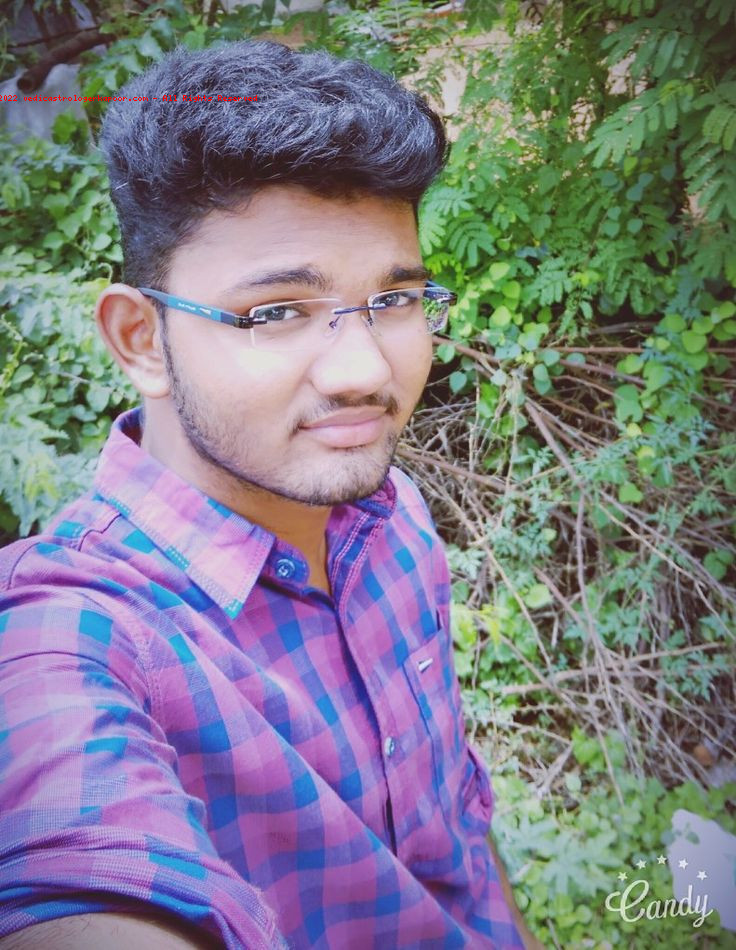New user? Create an account
Feel free to reach out to us for any inquiries or consultations related to Tamil matrimony. We're here to assist you on your journey.
Welcome to the world of Tamil Matrimony Profiles on Vedic Astrologer Kapoor Platform, where love and destiny intersect. This platform is dedicated to bringing together individuals seeking meaningful and lasting relationships through the power of Vedic astrology.
Whether you're a strong believer in astrological matchmaking or simply curious about its potential, this guide will provide you with valuable insights, practical tips, and answers to your most pressing questions.
Tamil matrimony has always been deeply rooted in tradition, culture, and astrology. The Vedic Astrologer Kapoor Platform enhances this sacred practice by blending ancient astrological wisdom with modern matchmaking technology.
With its unique approach, the platform helps individuals find partners whose horoscope, values, and life goals align perfectly, making marriage a harmonious and fulfilling journey.
Astrology plays a crucial role in Tamil matrimony. The Vedic Astrologer Kapoor Platform leverages planetary alignments and horoscope matching to determine compatibility between individuals. Unlike generic matchmaking platforms, this system considers deep astrological insights, ensuring long-term harmony in relationships.
Unlike conventional dating or matrimonial sites, the Vedic Astrologer Kapoor platform offers tailored matchmaking services. This means:
Navigating a matrimonial platform should be simple and intuitive. The Vedic Astrologer Kapoor platform ensures that even those unfamiliar with online matchmaking can easily find their way.
Finding the right partner requires detailed and authentic information. Tamil Matrimony Profiles on this platform include:
The platform offers advanced search tools that allow users to refine their search based on:
These features help users find the most suitable matches efficiently.
Horoscope matching (or Kundali Milan) is a crucial step in Tamil matrimony. The Vedic Astrologer Kapoor platform uses ancient techniques to analyze guna matching, planetary influences, and doshas, ensuring compatibility on multiple levels.
Users can consult with experienced astrologers on the platform to:
Many couples have found happiness and love through Tamil Matrimony Profiles on Vedic Astrologer Kapoor Platform. These heartwarming stories highlight how astrology, when combined with the right technology, can create life-changing connections.
From couples overcoming horoscopic challenges to those who found instant connections through astrology, these stories serve as a testament to the platform’s success in uniting compatible individuals.
In the pursuit of love and companionship, Tamil Matrimony Profiles on Vedic Astrologer Kapoor Platform provide an insightful and holistic approach. By combining astrology with modern technology, this platform offers a unique and effective way for individuals to find their ideal life partners.
With numerous success stories and a trustworthy matchmaking process, this platform stands out as a reliable choice for those seeking meaningful and lasting relationships. Join today and embark on your journey towards a blissful and astrologically harmonious union.
Astrology provides a scientific and spiritual approach to matchmaking by analyzing planetary alignments, which influence personality traits, relationships, and compatibility.
Yes, the platform employs strict verification procedures to ensure the authenticity of profiles, making it a safe and reliable space for finding a life partner.
Absolutely! The platform is designed for everyone, and users can choose to consult professional astrologers for guidance without prior knowledge of astrology.
Simply sign up, create your profile, and start exploring potential matches. The platform’s intuitive interface makes the process easy and efficient.
The platform offers both free and premium services. Premium features provide added benefits such as detailed astrological reports and personalized matchmaking assistance.
Yes, the platform works with experienced Vedic astrologers who ensure that all insights and predictions are based on authentic and traditional astrological principles.
Start your journey towards a happy and fulfilling marriage today with Tamil Matrimony Profiles on Vedic Astrologer Kapoor Platform!
New user? Create an account




